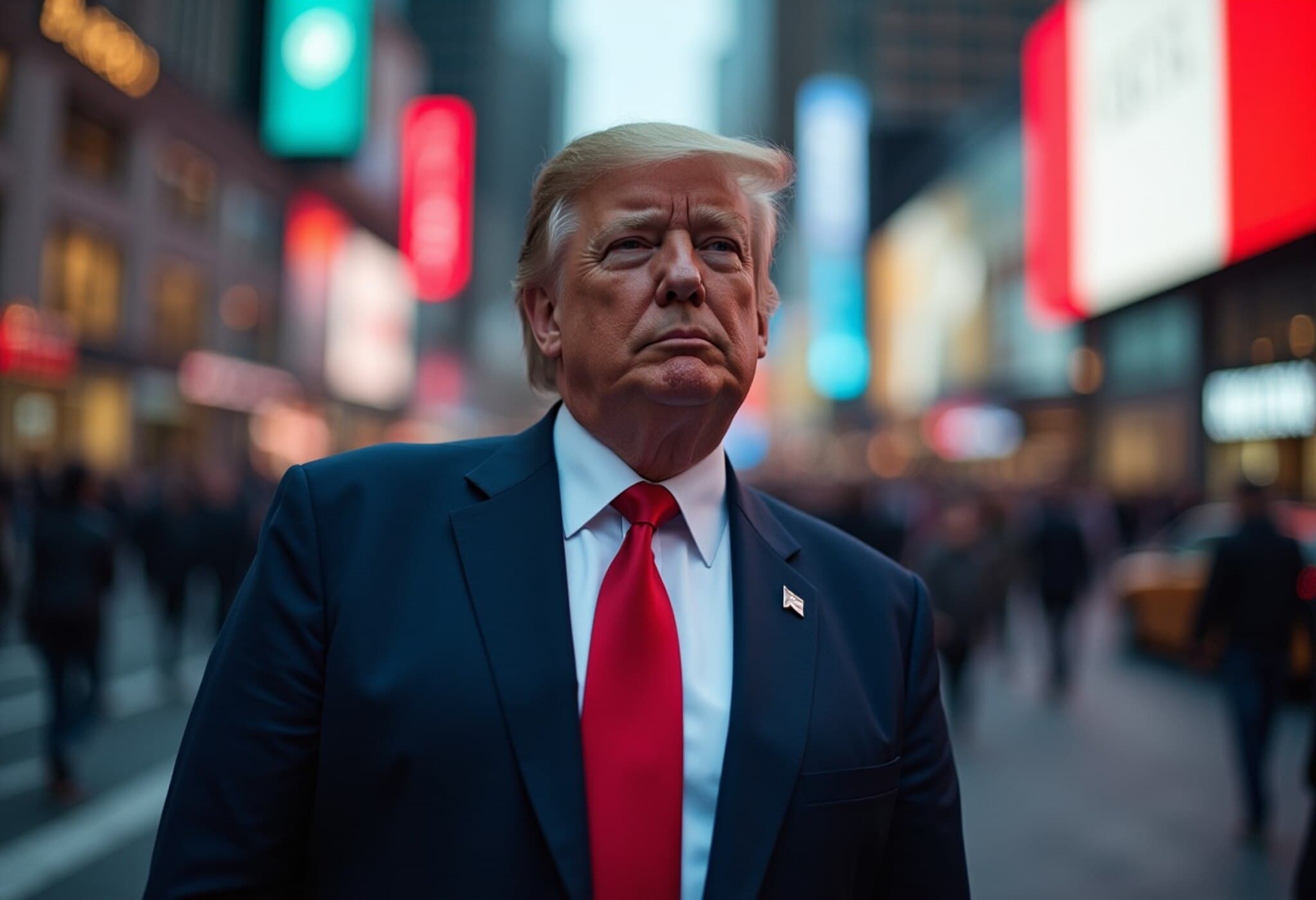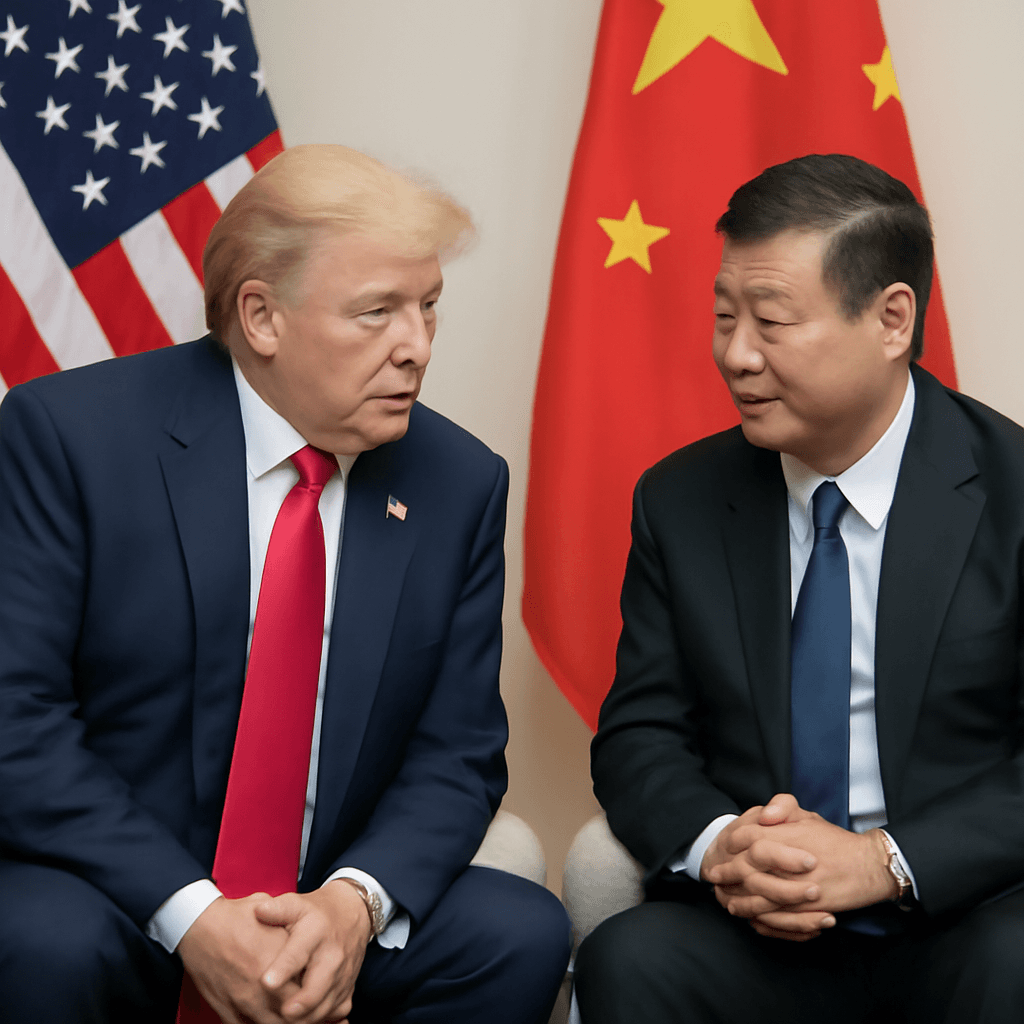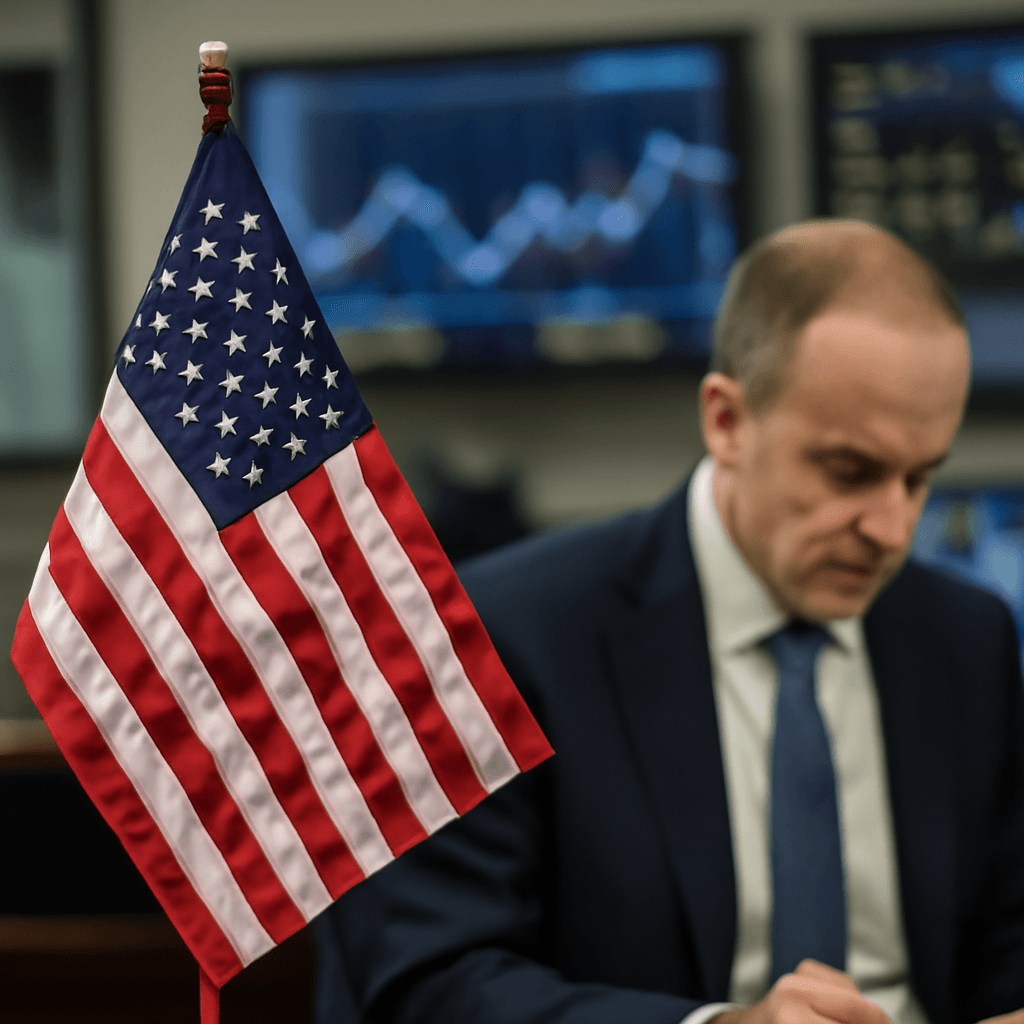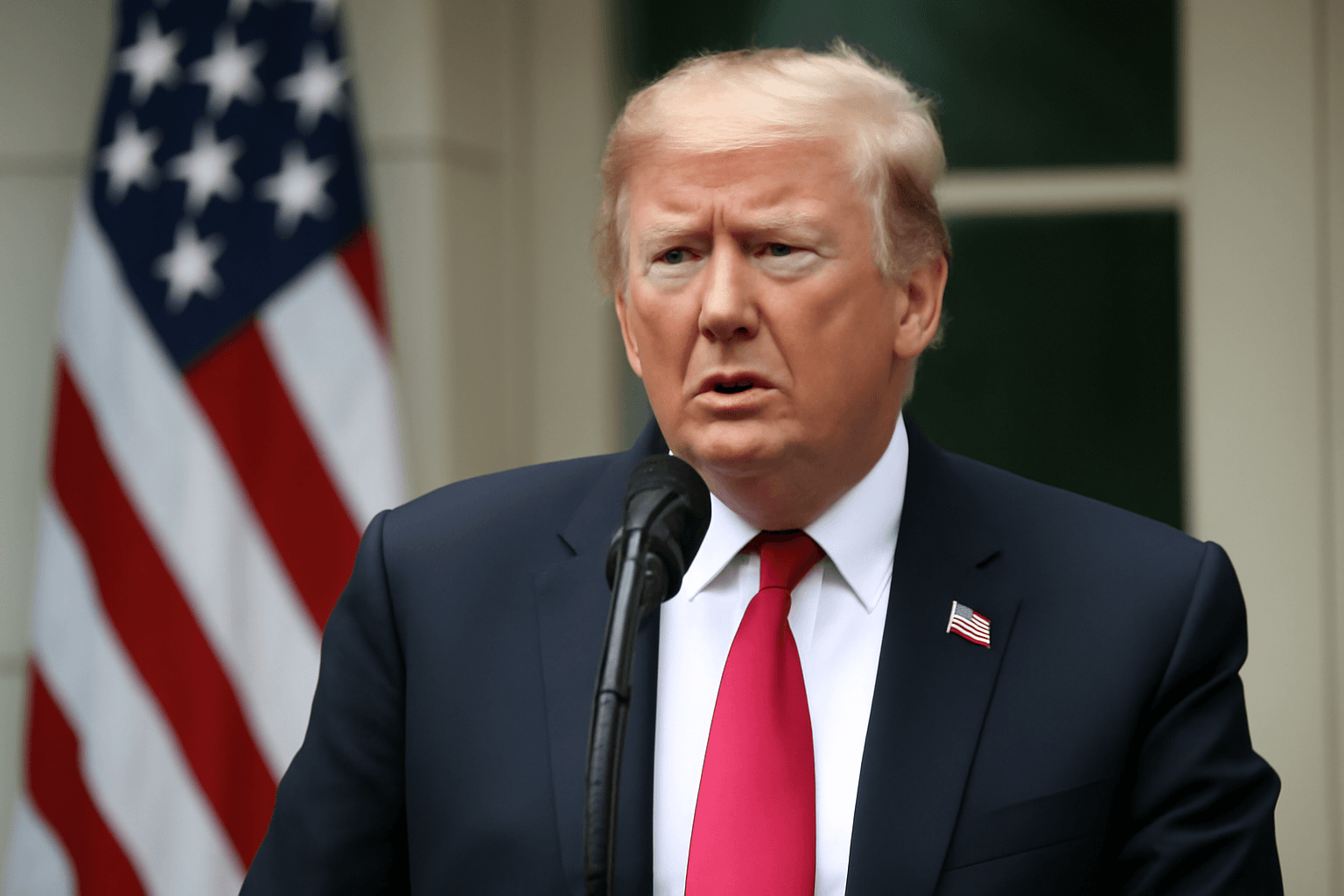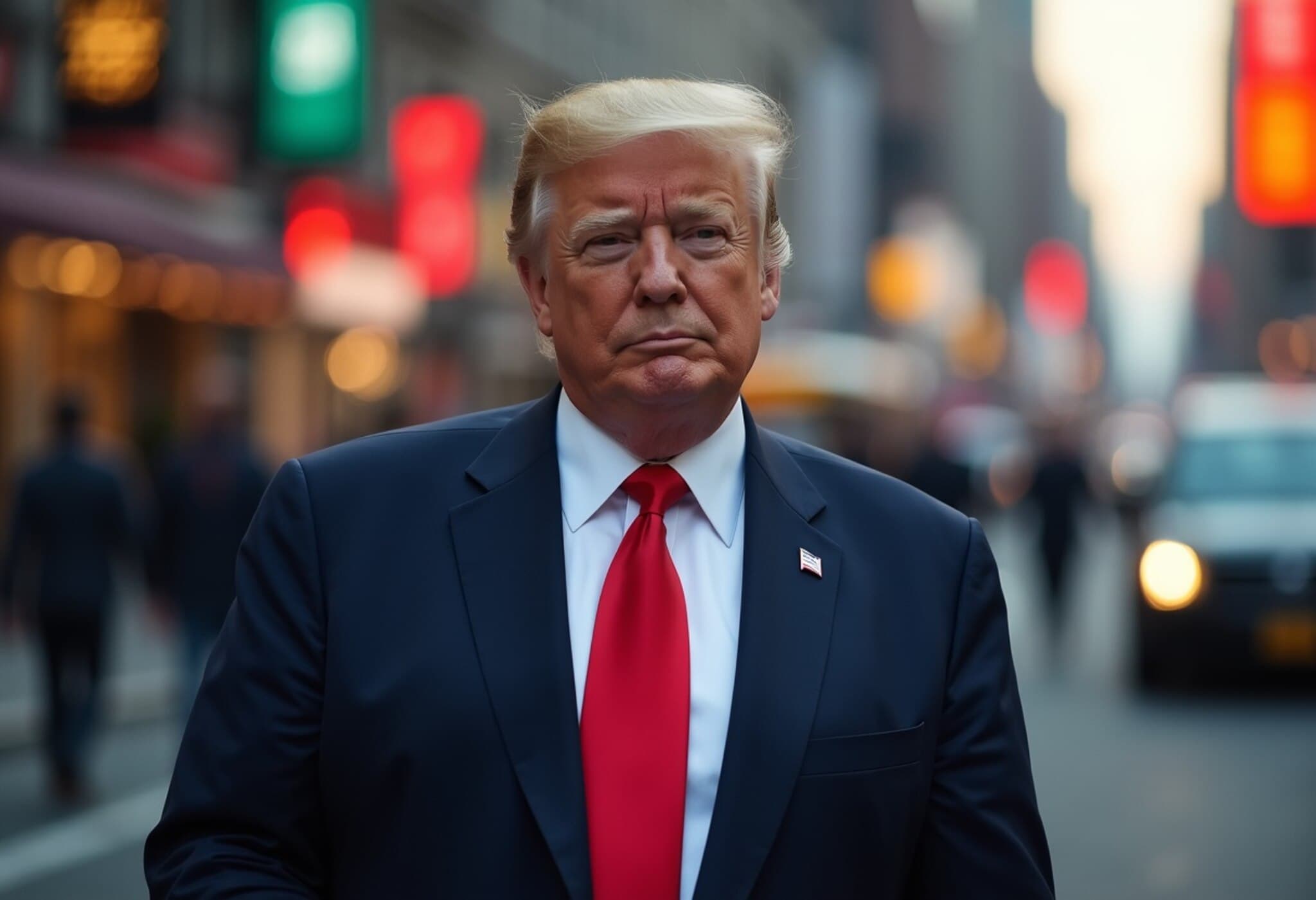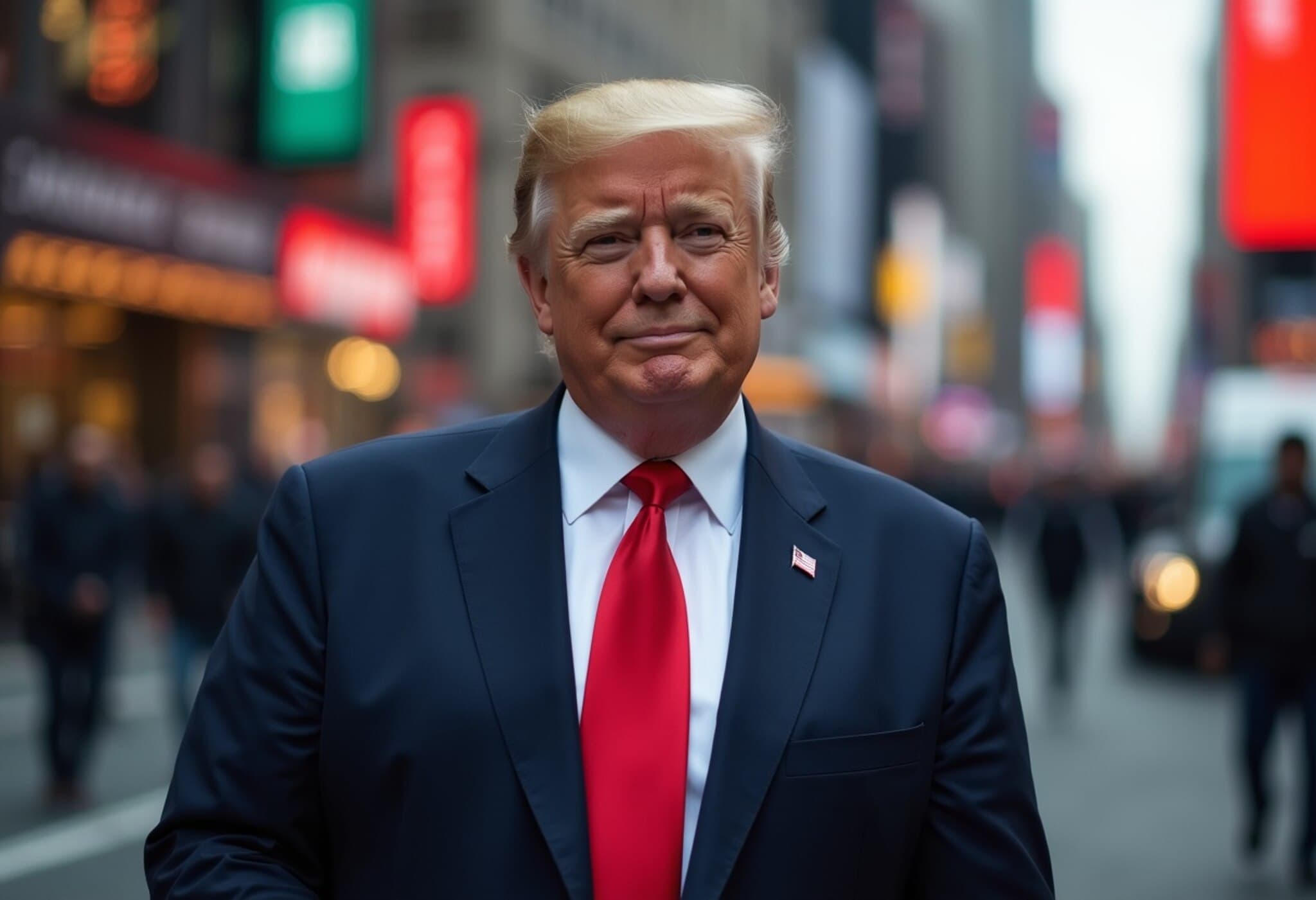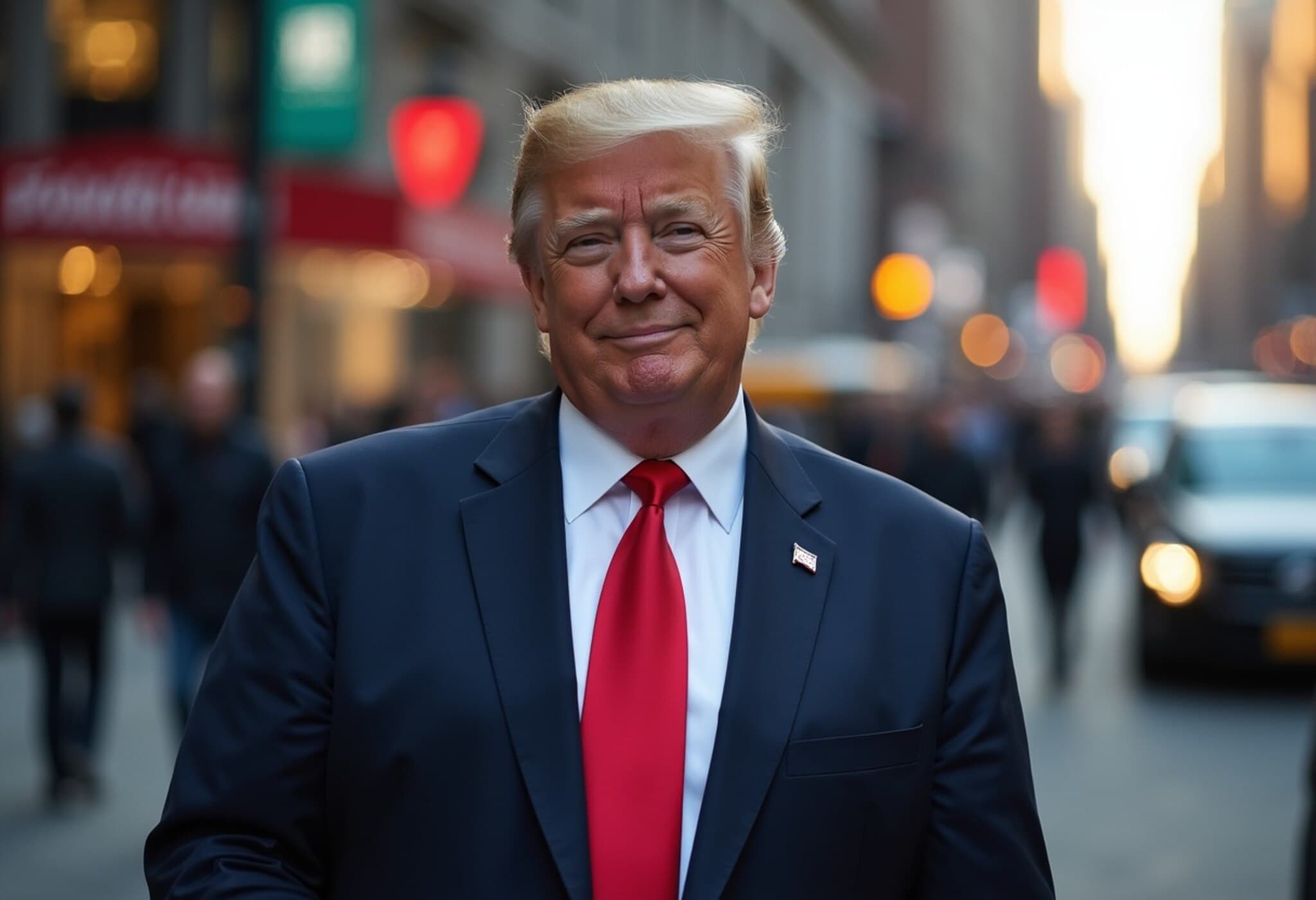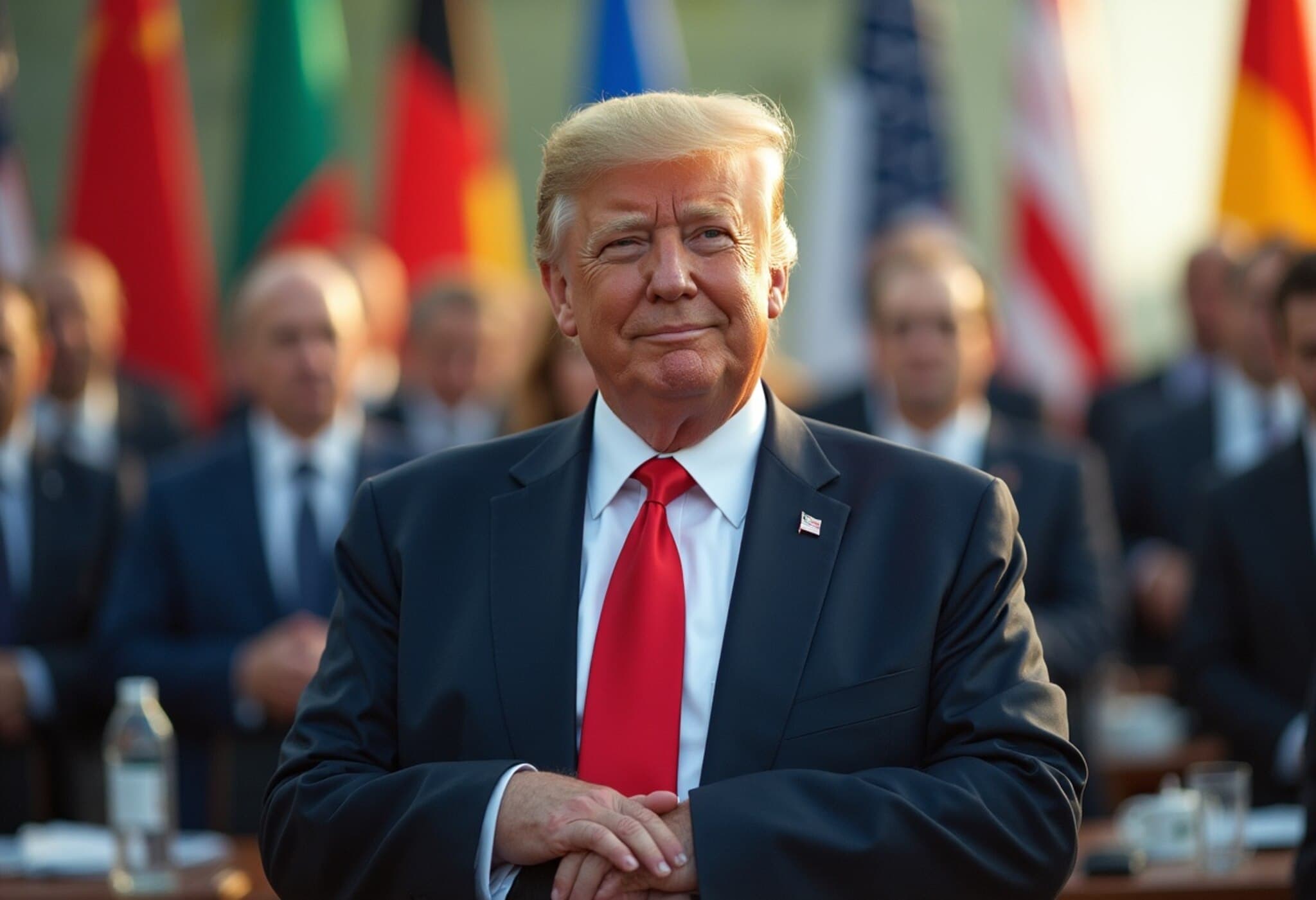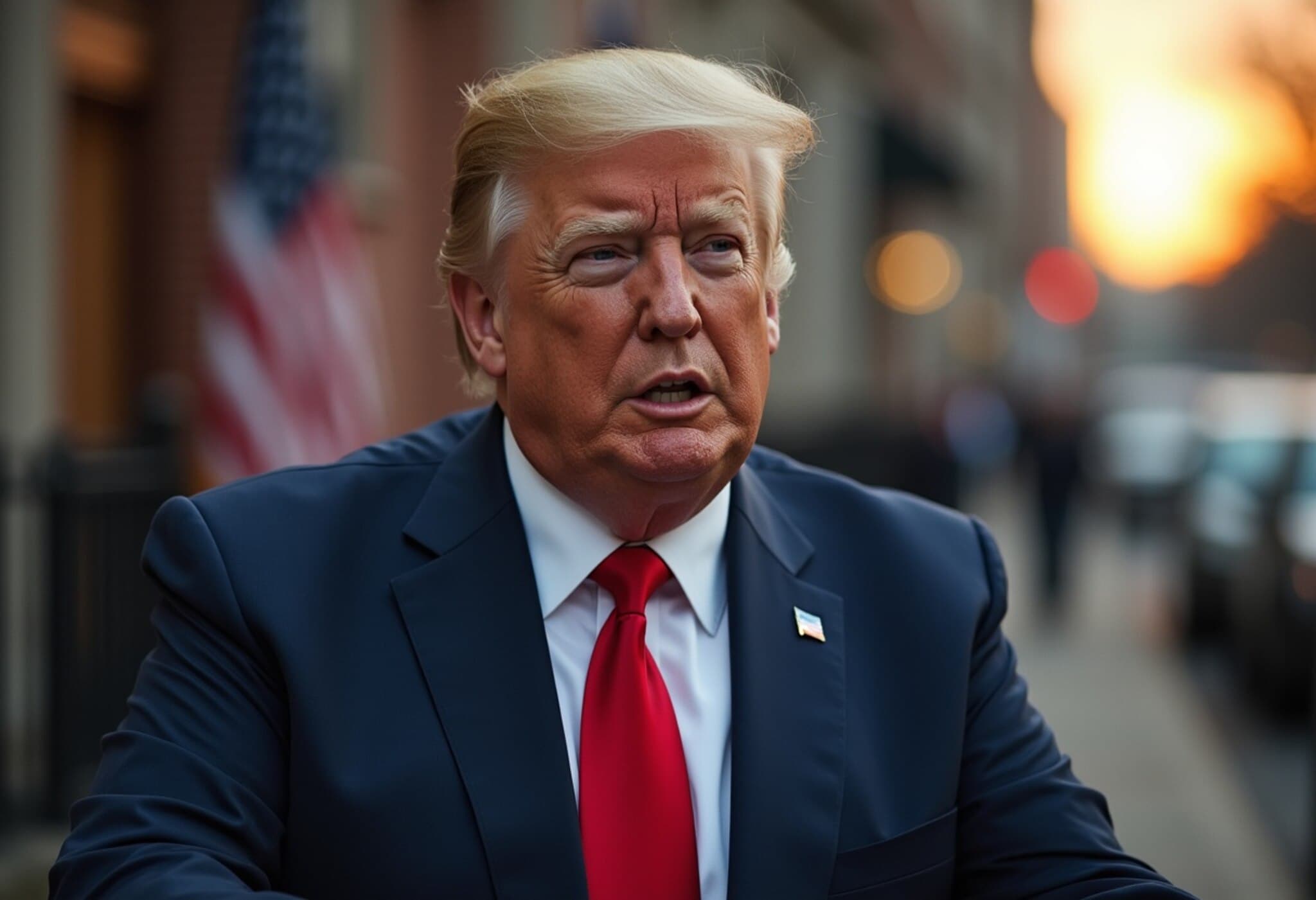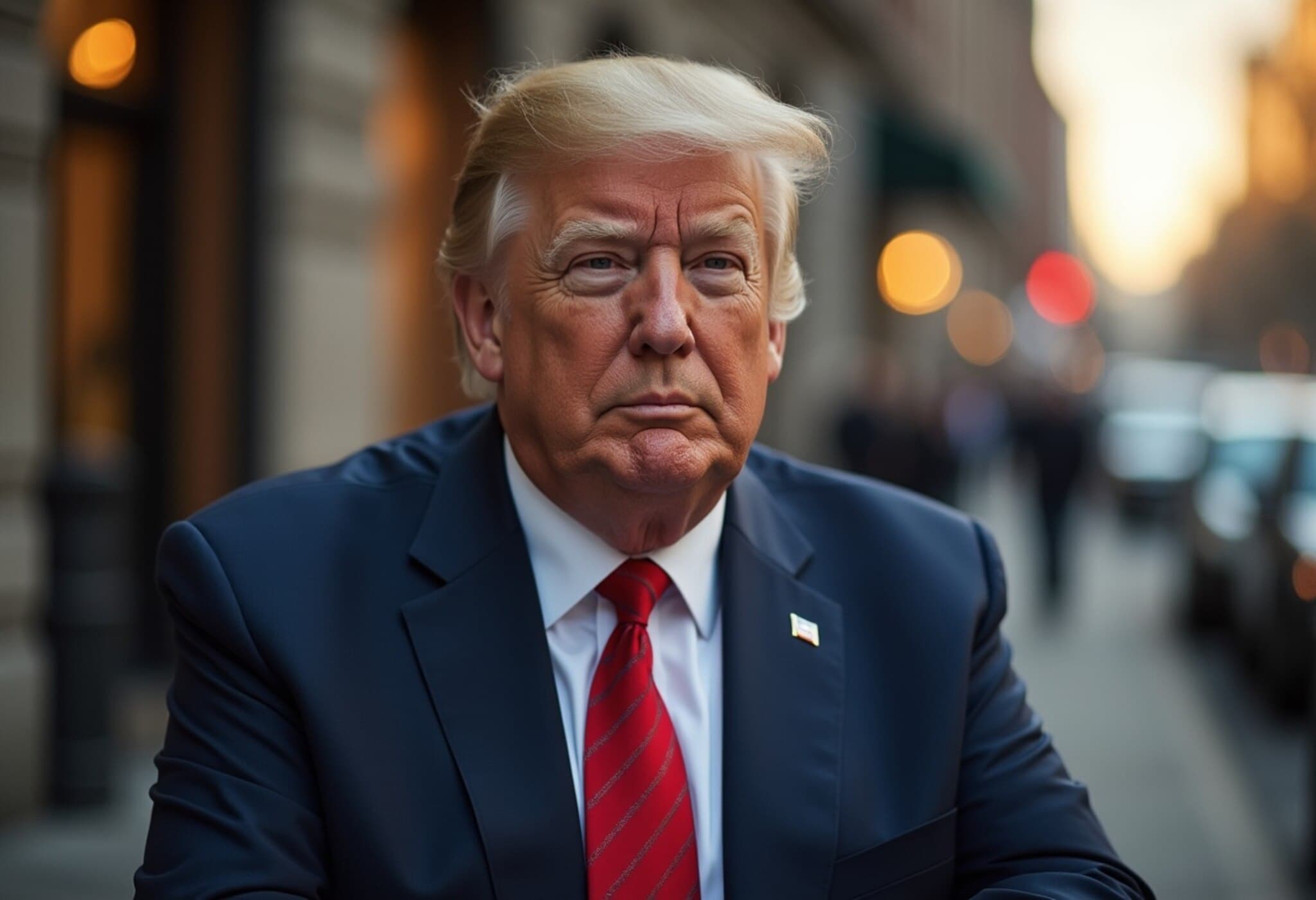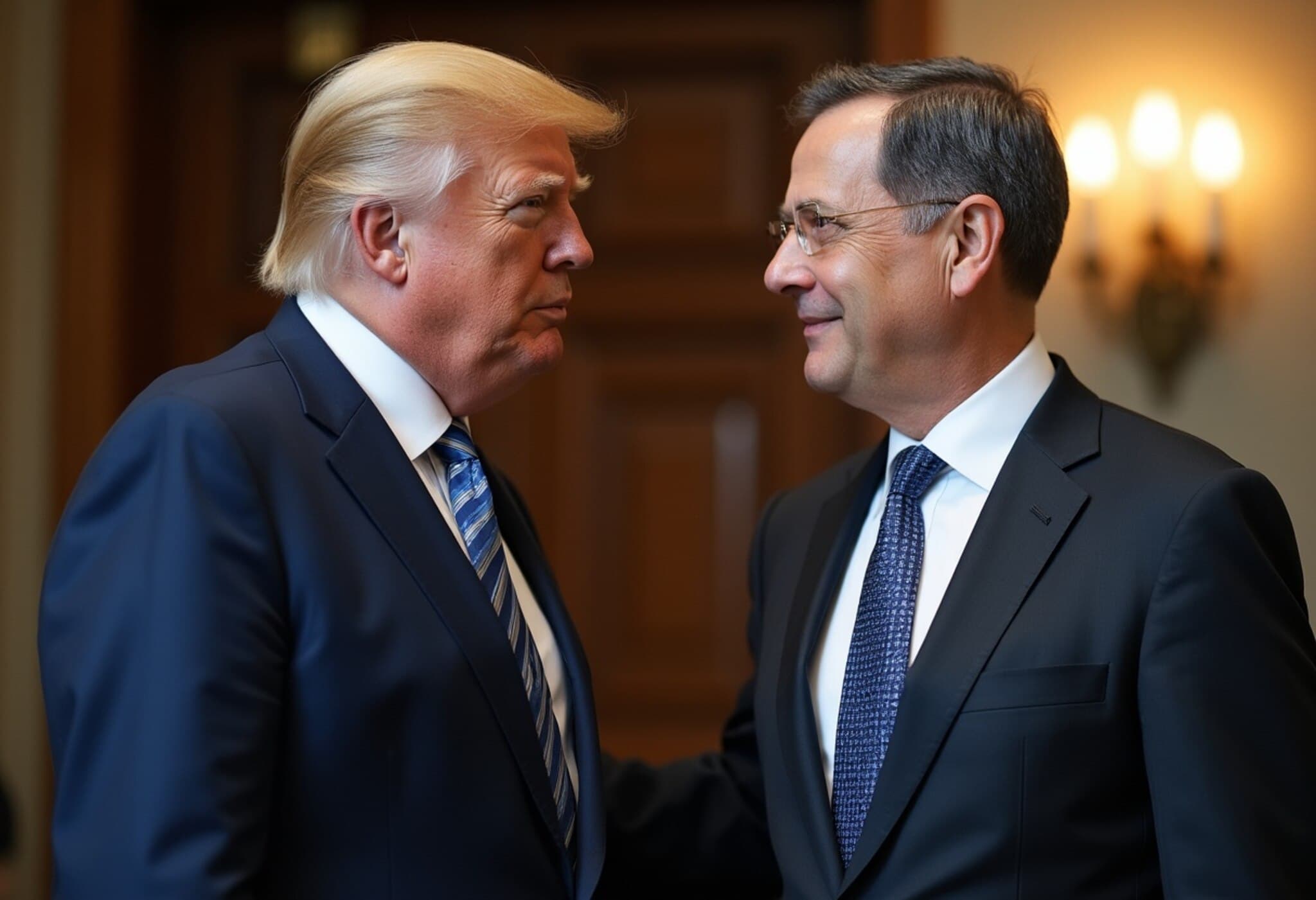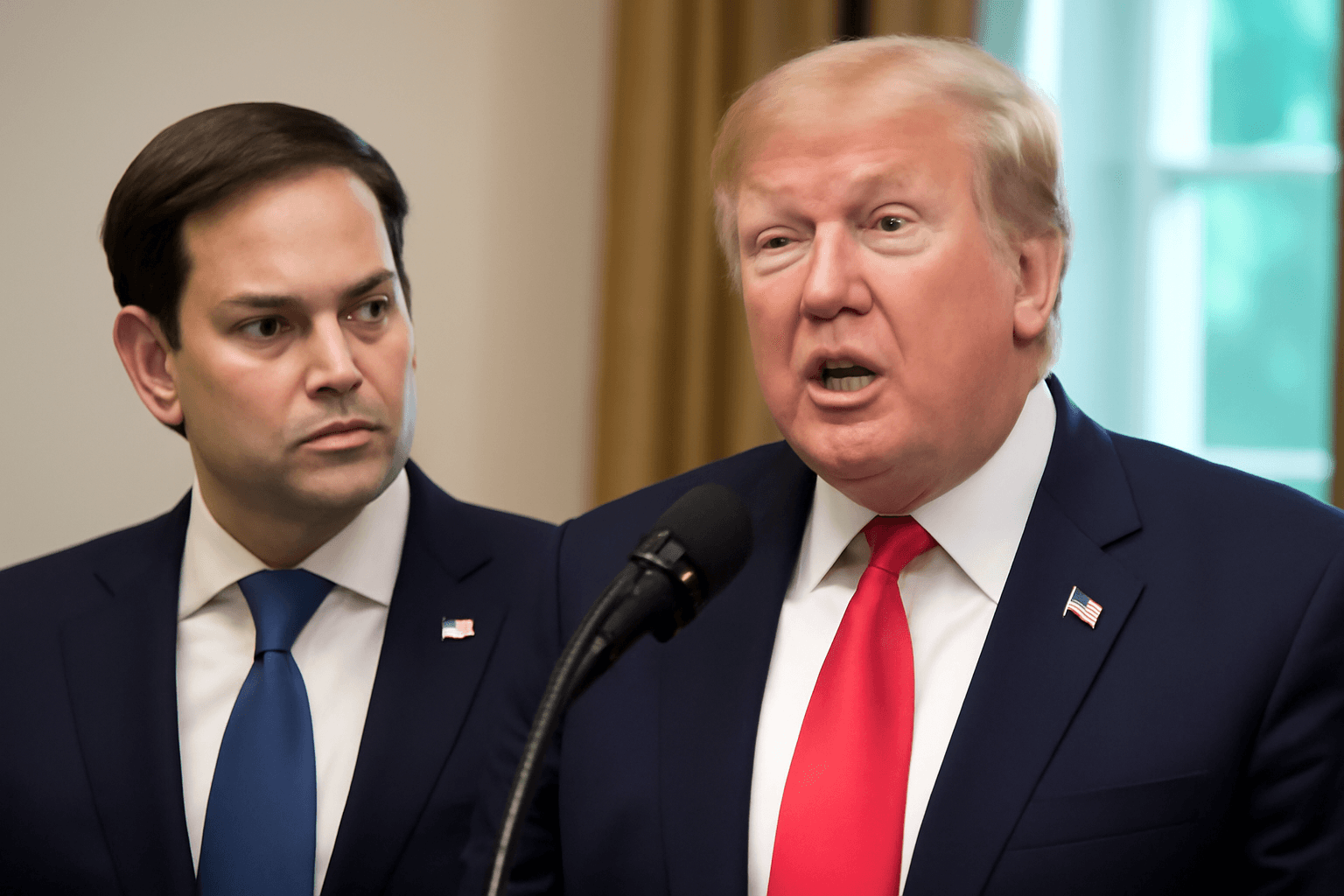Global Markets Remain Resilient Amid New U.S. Tariffs
In a striking shift from market behavior earlier this year, global stock markets have shown a remarkable composure in response to President Donald Trump's recent imposition of new tariffs on major trading partners. Unlike the sharp selloff observed following his April 2 announcement of "reciprocal" tariffs, investors appear largely undeterred by the latest duties imposed on imports from the European Union, Japan, South Korea, Taiwan, Vietnam, Bangladesh, and India.
The Latest Tariff Measures and Market Reactions
- The U.S. recently introduced tariffs ranging from 10% to 15% on goods from the EU, Japan, and South Korea.
- Higher tariffs of 20% were set on imports from Taiwan, Vietnam, and Bangladesh.
- India faced a significant hike, with tariffs rising from 25% to 50%, mainly targeting its ongoing Russian oil purchases.
Data from the LSEG reveals that since August 1, the MSCI All Country World Index, covering more than 2,500 stocks across developed and emerging markets, edged up by approximately 1.8%. Meanwhile, China's CSI 300 benchmark gained over 1%, Japan’s Nikkei 225 surged more than 2.5%, and Europe’s Stoxx 600 benefitted from positive corporate earnings despite tariff concerns. India's Nifty 50 index, despite the tariff increase, showed little movement, underscoring a growing investor distaste for reacting rashly to trade headline risks.
A New Normal: Investor Numbness or Strategic Caution?
Financial experts suggest that investors have grown numb to tariff announcements, often viewing them as bargaining chips rather than definitive policy shifts. Steve Brice, Global Chief Investment Officer at Standard Chartered, explains, "There is a strong precedent of tariff threats eventually being scaled back or negotiated, leading markets to expect reversals rather than shocks." This sentiment reflects a deeper understanding that such tariffs are part of an ongoing negotiation pattern rather than abrupt, unilateral decisions.
The muted response extends to traditional safe-haven assets: since August 1, 10-year U.S. Treasury yields dipped slightly, the U.S. Dollar Index declined by under 2%, and gold prices inched up by nearly 3%. This contrasts starkly with the April episode when Trump's tariff announcement triggered pronounced market upheaval, including a 12% drop in the S&P 500 over just six days.
“TACO” – The Pattern of Tariff Announcements and Retractions
Market weariness of tariff volatility is not unfounded. Analysts coined the phrase "Trump Always Chickens Out" (TACO) to describe the president's tendency to announce aggressive tariffs only to retreat swiftly. This was evident when, just a week after the April 2 announcement, Trump paused certain tariffs and reduced rates for most trading partners, fueling a strong market rally.
Hugh Dive, CIO at Atlas Funds, notes that initial market losses reflected investors buying into the tariffs as final. However, subsequent reversals recast these moves as negotiation openings rather than endpoints, shifting market perceptions and dampening immediate reactions. Taimur Baig, Managing Director at DBS Bank, echoes this view, emphasizing how repeated tariff pauses have rendered markets unable to price these risks coherently amid ongoing uncertainty.
Portfolio Adjustments and Broader Economic Implications
Steve Brice highlights how changes in portfolio allocations have also softened tariff impacts on markets. Earlier in 2025, many investors were heavily weighted toward U.S. assets, which magnified April's selloff when tariffs were announced. Now, with a more balanced exposure, the impetus for rapid risk offloading has diminished.
Nonetheless, experts caution not to dismiss the longer-term risks tariffs pose to global business investments and supply chain decisions. Dive warns that tariff-induced uncertainty can stall sizeable investments in U.S. manufacturing—such as semiconductor plants—that hinge on stable trade policies. For instance, Trump's recent announcement of a 100% tariff on chip imports, with exemptions only for companies "building in the United States," could paradoxically discourage investment if companies fear sudden policy reversals in a few years.
Conclusion: Navigating Chronic Trade Uncertainty
The global financial markets’ current equanimity in the face of new U.S. tariffs reflects an evolving landscape where investors weigh volatile trade rhetoric against the likelihood of negotiation and eventual concession. While this resilience tempers immediate shocks, the persistence of policy uncertainty retains the potential to slow critical investments and complicate global supply chains.
As the U.S. and its trading partners continue to navigate increasingly complex geopolitical and economic tensions, market participants face the challenge of balancing short-term volatility with the need to anticipate long-term structural shifts in global trade.
Editor’s Note
Understanding the nuanced market reaction to tariff announcements sheds light not only on investor psychology but also on broader economic strategy. Are markets simply growing desensitized, or has the era of tariff diplomacy recalibrated expectations to a new baseline of uncertainty? As policy cycles evolve, stakeholders must stay vigilant about the lasting impact on international investment and supply chain resilience, beyond the headlines.

